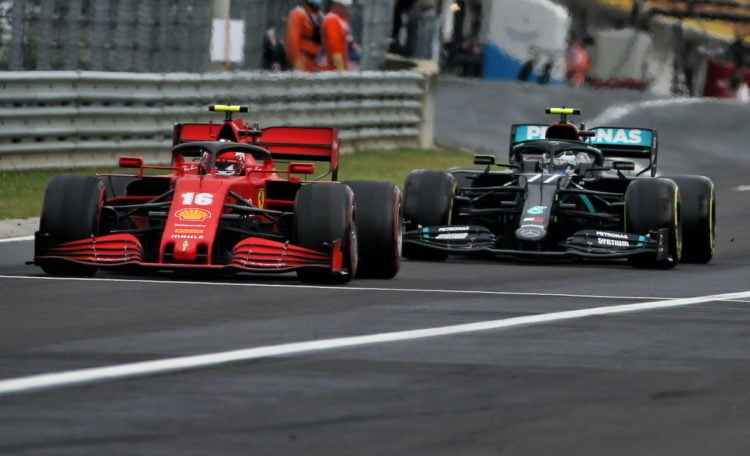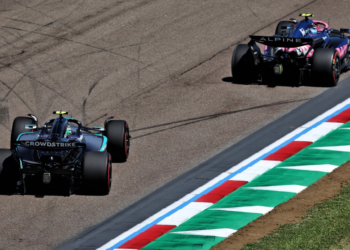It’s clear that Ferrari has suffered a major set back on its 2020 car, which is underpowered and underperforming compared to its rivals, going from one of the quickest cars on the straights last year, to the slowest.
Whilst poor aerodynamics and drag can explain part of this, the fact Ferrari’s customer teams have also encountered the same problem suggests the Power Unit is largely to blame and this was confirmed last week when team boss Mattia Binotto admitted a recent rule change had an impact on the workings of its engine.
“I don’t think it is only the case for Ferrari, because looking at the power output of this season I think most manufacturers somehow had to adapt themselves, but certainly as Ferrari we had to adapt and as a simple output of that we lost some of the performance we had.”
A technical directive issued for the 2020 season specifically targeted Ferrari after several teams became suspicious of its sudden power advantage.
In 2019, the Ferrari 064 Power Unit reportedly exploited a “grey” area of the technical regulations, related to the flow rate of fuel and the use of oil additives which boosted fuel efficiency.
Starting from this season, after the controversies raised by Red Bull and Mercedes over the alleged irregularities, more restrictive rules on the engine and fuel came into force. This is likely the basis for why the 2020 Ferrari is much less efficient in the straights than the old SF90, losing the power unit supremacy it once held.
The FIA has imposed the use of a second fuel flow meter (one supplied by the FIA and one developed by a supplier) with the aim of removing any doubts of deception.

Ferrari were accused of circumnavigating the 100kg/h fuel flow regulation by pumping more fuel between sensor readings – which typically happen every second – than is allowed.
With the installation of the two flow meters, which take readings at alternating intervals, it is practically impossible to increase the fuel flow rate without the sensor detecting the anomaly.
Another directive that is likely to have contributed to Ferrari’s power loss concerns the use of lubricating oils, used as additives to increase the calorific value of the fuel.
The FIA launched an investigation into both claims and reached a “private settlement” with the Italian outfit. This angered rival teams who threatened legal action, but later dropped the case.
Most likely, in order not to incur sanctions, Ferrari negotiated a secret agreement with the FIA, sharing information about how many teams (including Ferrari itself) were able to take advantage of loopholes in the regulations to boost power. As a result the FIA has put additional measures in place aimed at cracking down on such practices, with the second sensor being one and a stricter rule for the use of lubricating oils, going from 0.6L per 100 km, to 0.3L.
Ferrari aren’t the only ones suffering because of the new rules. It’s likely the tighter lubrication rules were the cause of several Mercedes engine failures during Winter testing.
There is still some doubt as to how Mercedes has lost little to no performance from the changes, with Ferrari probably hoping the information it divulged to the FIA would hit Mercedes harder, or at least as hard as it hit its own performance, but this hasn’t been the case at all.










Discussion about this post